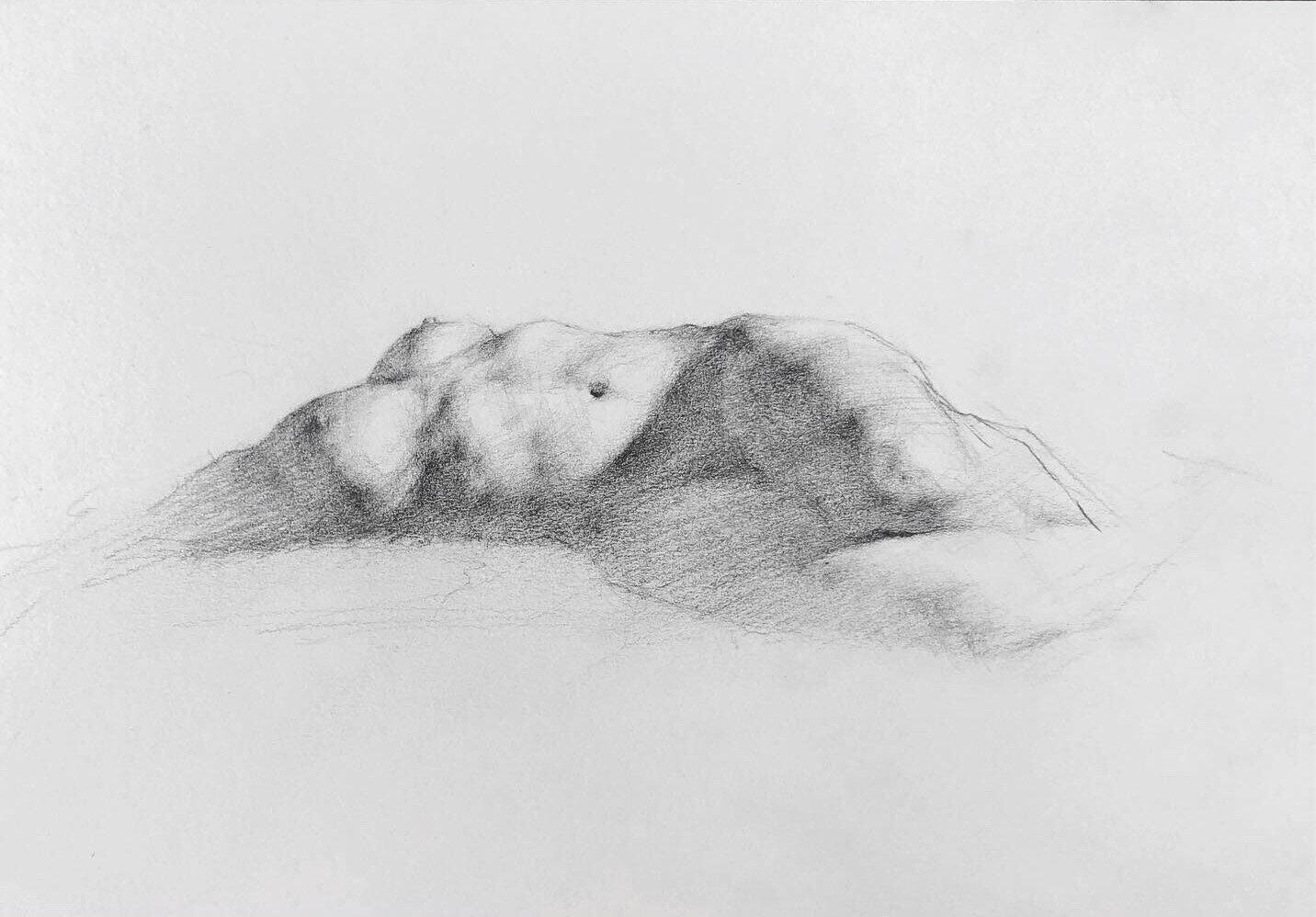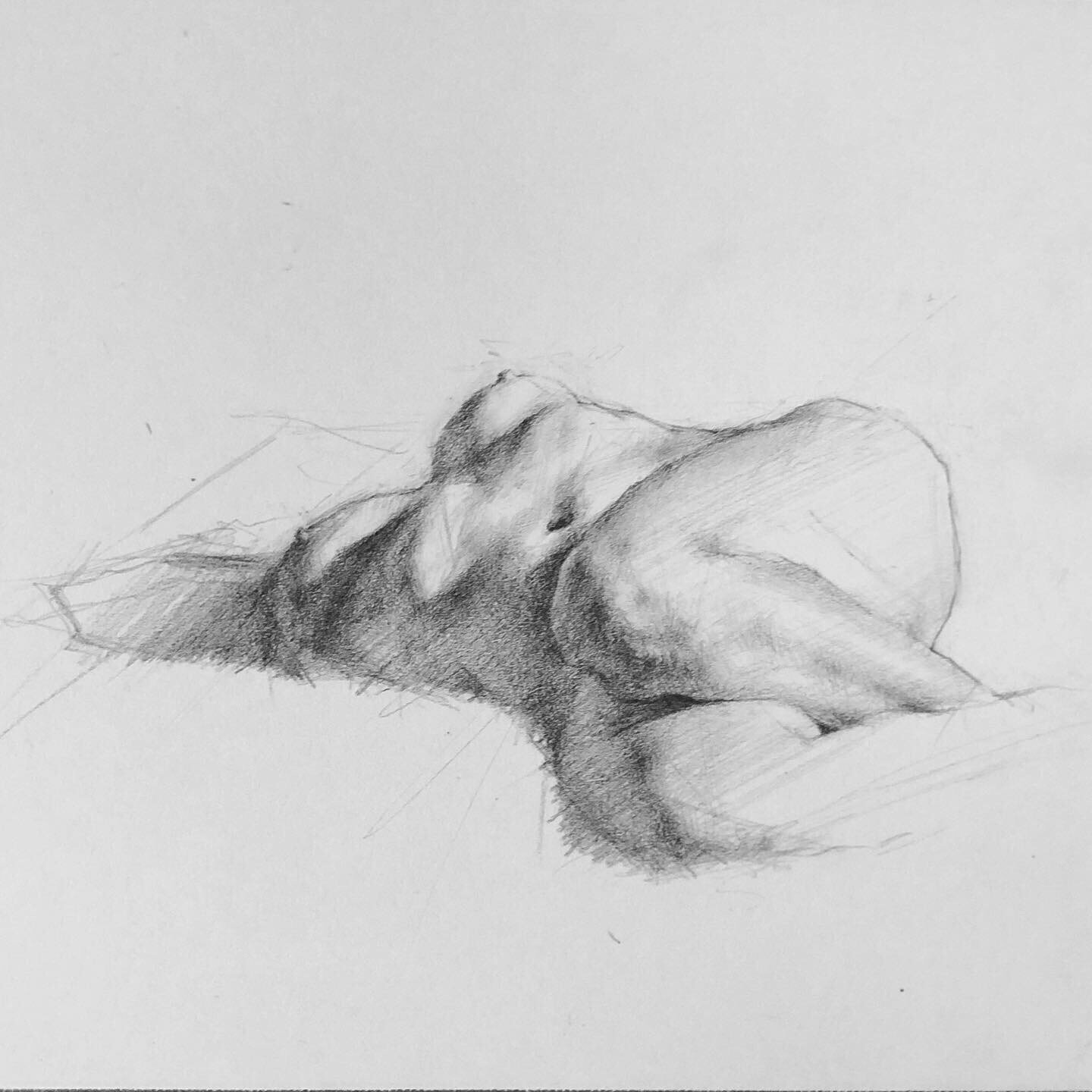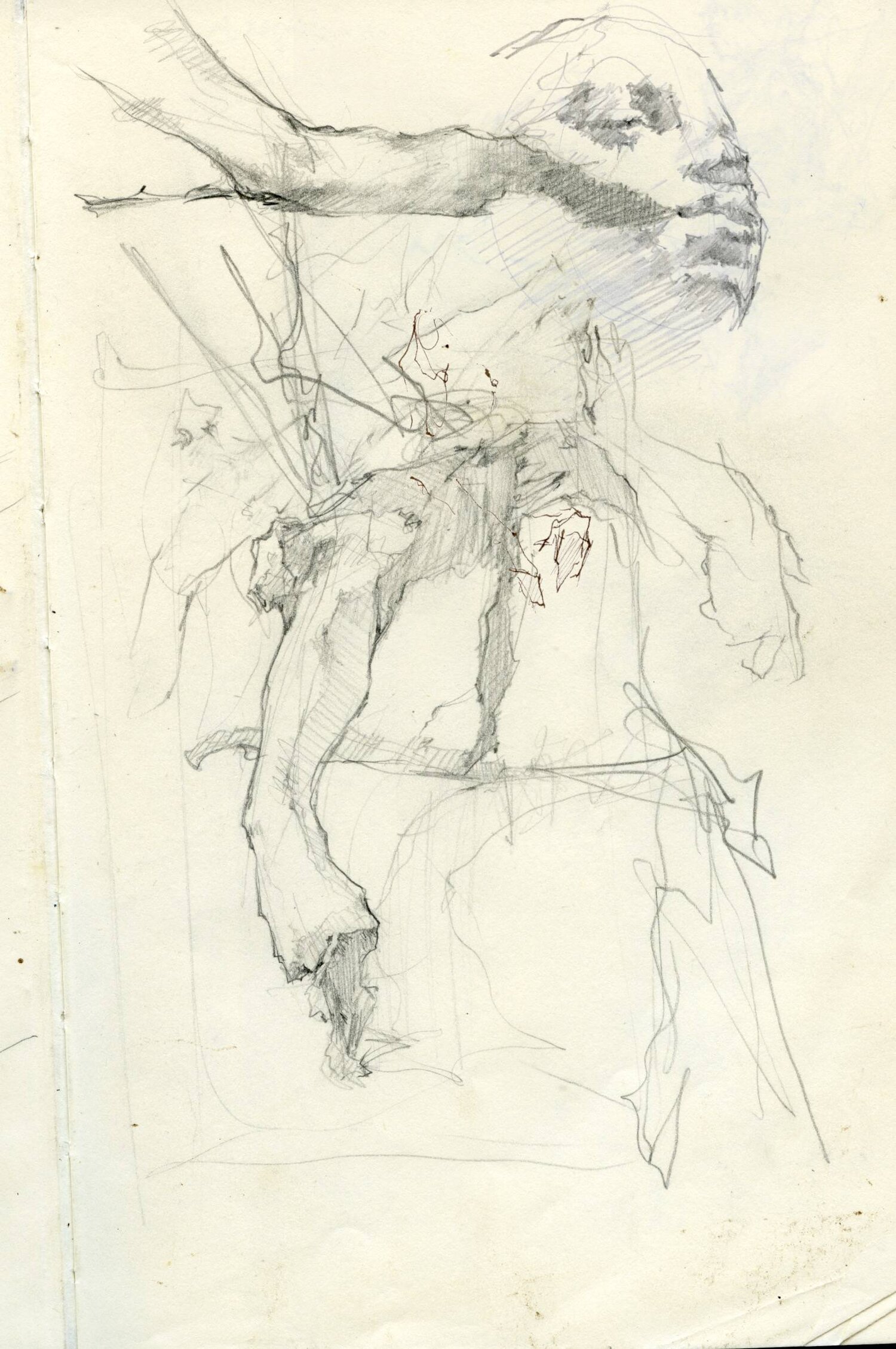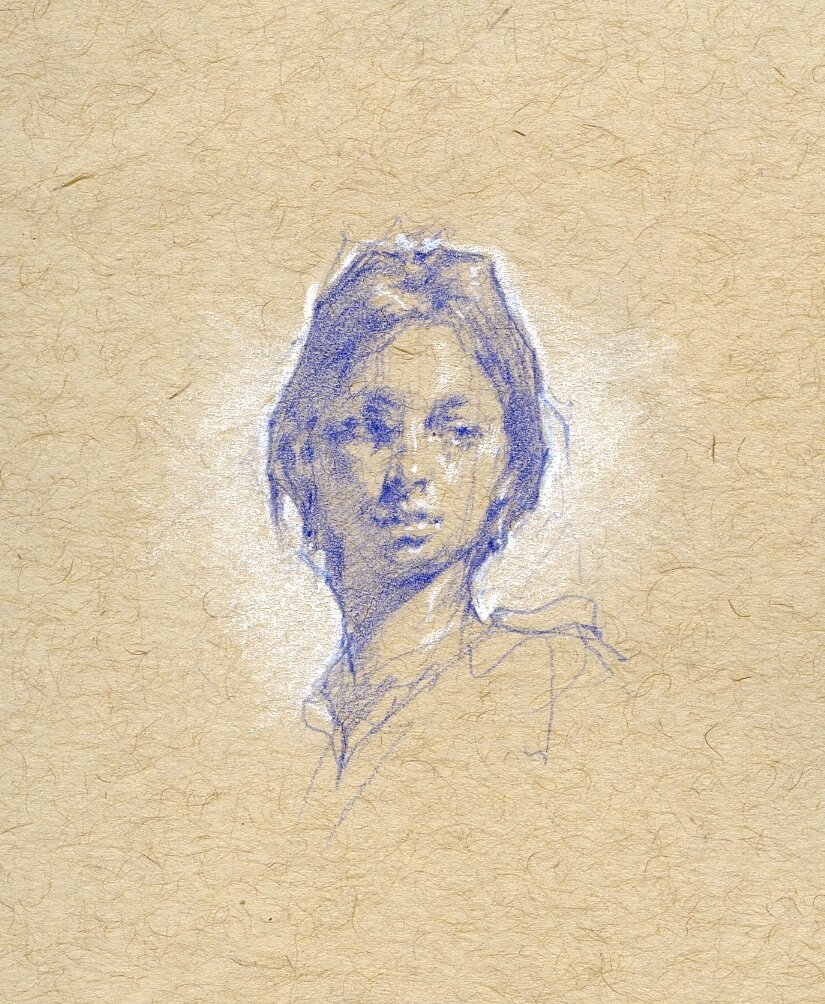Tapering Moments—Identity within Liminal Spaces
by Celia Liberace
I was raised in a household of artists, my family members praising the works of María Fortuny, Antonio Mancini, and Cecilia Beaux, among many other realist painters who cherished technical precision while simultaneously embracing a gripping sense of abstraction. As I have come to develop my own aesthetic and artistic autonomy, I’ve also inherited my family’s philosophies upon the classical fine arts and the creative process.
In a lovely ongoing dialogue, we seem to be always grappling with the same questions—what does it mean to express the essence of nature in the purest, most virtuous manner possible? How does one determine the integrity of the brush stroke? When should I loosen up my mind, and subsequently, my hand—while painting this portrait? Am I really capturing them? Although there are rarely conclusive answers to be made, these questions have encouraged the development of a set of values, held both within and outside of an art context. I have come to admire and cherish the recurrent tremors within a line, the muddling of paint below an eye, the uneven depth of a shadow, all these little unexpected moments of an image. They are revealing—these little visual dents that reflect the impurities and hiccups of our very nature.
Classicism arguably presents a more direct interpretation of the artist’s physical reality in that it uses a logical, formulaic method to capture the essence of nature. Much of what I’ve learned from my training is “orderly”. From studying Bargue at the Classical Flemish Atelier in Bruges to pondering the structural organization of the human body with high school teachers, I’ve found precision and order to be admirable, and a useful point of arrival and departure within the context of my own work. Some of the most profound artworks I’ve witnessed, however, often break free from this orthodoxy, allowing the form to succumb to the unpredictable materiality of the medium.
It is these intermediate moments of liberation from order that I find to be provocative in a painting or drawing. I like to call these moments of disentanglement “tapering moments.” My grandmother calls them “liminal spaces,” which she considers to be integral components of Celtic spirituality. The concept of liminality describes a threshold between two worlds in which eternal time (as opposed to chronological time) is suspended, allowing one to access an alternate reality.
This mystical, transcendental space is often barely perceptible, yet it is spiritually, emotionally, and psychologically enlightening, briefly exposing the interconnectivity of all things. In the context of an art piece, it is the gaps in the midst of order which allow the spectator to place themselves within the work. They are the in-between spaces that encourage the input of the individual’s imagination no matter how radical or disorderly it may be.
I find that these tapering moments transcend all disciplines, establishing themselves in various forms—the silence separating musical notes, the pockets of space settling between protons and electrons, the pauses that mark the beginning and the end of a breath. This play between logic and imagination, restraint and alleviation, composure and disruption, are intrinsically woven within the fabric of humanity and ecology itself.
In my own work, I find that referencing the portrait and figure may be the best method in communicating these ideas, explicitly linking the concept of the intermediary spaces to one’s sense of self. The shapes and movements created by the human form is a physical representation of this very concept of tapering—an attempt at restraint, then deflation, and everything in between. Human anatomy organically makes its way within my work.
I believe it to be an effective mode of expression in regards to liminal spaces, not only in its profound complexity and interconnectivity, but in its irregularity and unpredictability. We naturally identify with the fleshy peaks and troughs that fuse together and make up these bodily expressions. These same characteristics can also be identified within a tree branch, roots, or a stem. That said, I often use anatomy as a means to connect to the natural world.
I render trees like I do the human figure, and vice versa. Similarly to the structure of a plant, both our physical and emotive natures are symmetrical and orderly yet bumpy and unpredictable. The same goes for facial features. We empathize with the twists, turns, and holes found in nature just as we do the wrinkles, moles, and watery tear ducts found on our bodies. And so, just as one is faced with the individual portrayed, they are facing a reflection of themselves and the natural world they are a part of.
The materiality of paint is especially pertinent in this context as well, its viscosity easily emulating a particular unevenness that I would like to both accentuate and act in response to. Additionally, this tension can be shown through the balancing act of representation and abstraction. Brush strokes are clearly distinguishable during moments when masses are dissipating into nothingness. Other times, a community of strokes blurs their essence altogether, but in their collaboration, will create a more distinct image, closely mirroring physical reality. So, although in my classical training I’ve been taught the importance of logic and order, I’ve simultaneously learned to embrace nature’s influence. Within the very strokes themselves and the body of work as a collective will lay this concept of intermediate realms.
Although I’ve yet to explore these concepts in their entirety, I’ve come to understand that tapering moments, or liminal spaces, are progressive, transition periods. They imply the passing away of the physical world, a divergence from order, or a threshold between two ways of thought. I view them as disorienting, mysterious spaces that teach us about the nature of ourselves, the relationship between you and me, or that of us and our natural environment. They point to self-dissection and eventually self-actualization, and although subtle, they exist everywhere, and are an intrinsic piece in the arts. In imagining ourselves forward, we must subject ourselves to these tapering moments, in which our identity is blurred and life’s interconnectivity is exposed for all to see.





